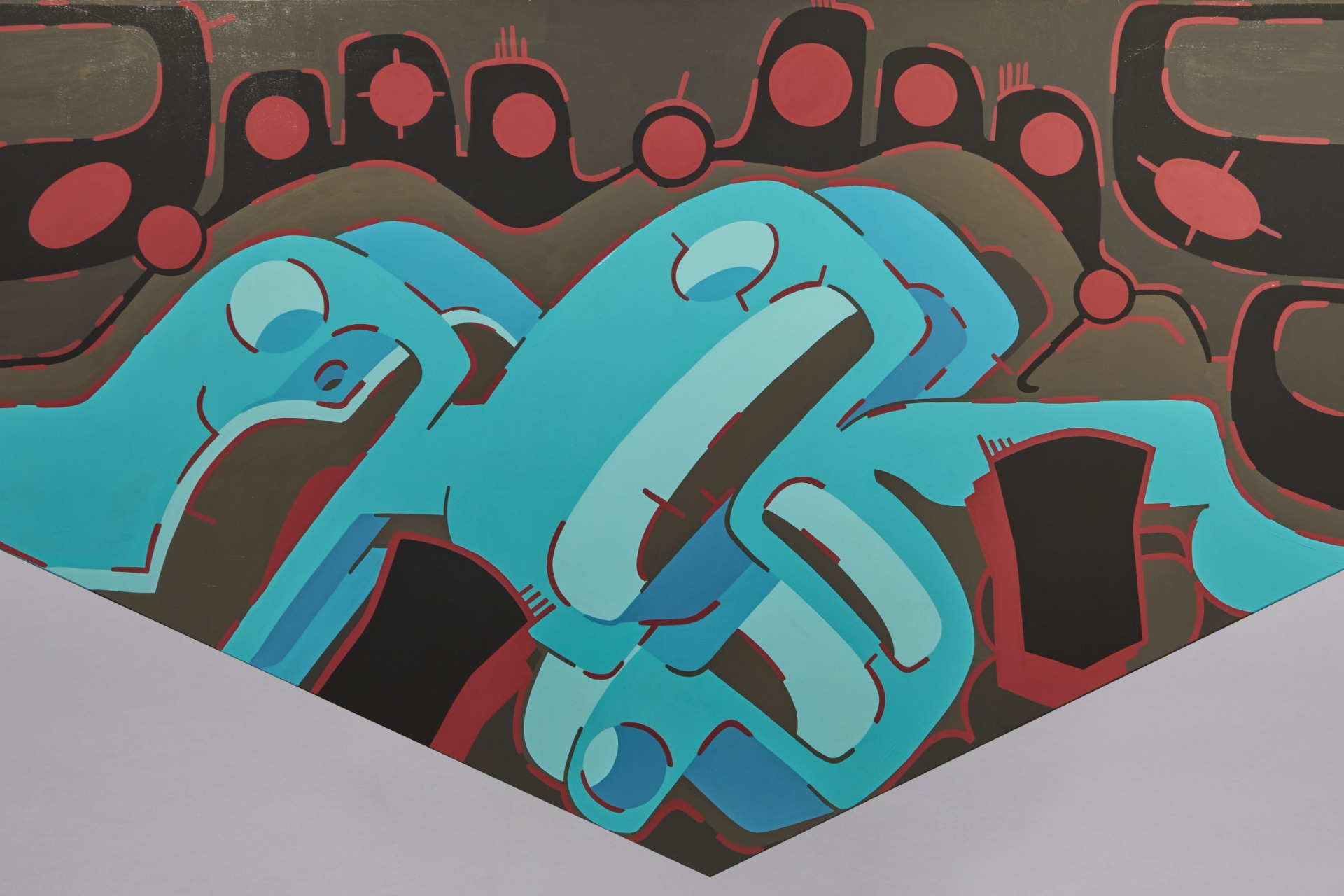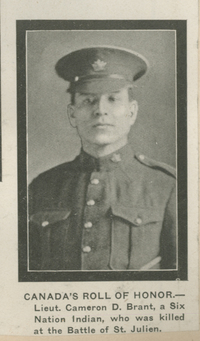Description
On 14th October 1914, two months after the start of the First World War, the First Contingent of Canadian troops arrived at Plymouth. Their presence at the port was somewhat unexpected; the ships’ intended destination had been Southampton but concerns about U-boat activity resulted in a detour. Despite the surprise, “cheering crowds welcomed the Canadians with the utmost enthusiasm…Crowds of people lined the Hoe and piers, while others went out in boats and heartily cheered the ships as they passed” (London Times). Among the arrivals were Indigenous North American soldiers, including Francis Pegahmagabow from the Wasauksing First Nation and several from the Six Nations Reserve, such as Alfred Styres, Nathan F. Montour, Frank Weaver Montour, Albert Crain and Cameron D. Brant, a descendant of the famous Mohawk leader Thayendanegea (Joseph Brant). Over 4,000 Indigenous North American men enlisted in the Canadian forces but the exact number is hard to calculate. In Canada, Indian Affairs lists rarely included Métis, Inuit and non-status Indians (those who belonged to a nation who had not signed a treaty with the government). As Indigenous and Northern Affairs Canada has noted, however, these Indigenous soldiers were a significant asset. They had various reasons for enlisting, including economic opportunity and patriotism, yet many also thought that their service might help accomplish justice for their nations and communities./ Brant served in the 4th Battalion with several other Six Nations men and his time in Plymouth was short. They disembarked on 23rd October and left Plymouth by train the next day. According to the war diaries of 4th Battalion, the contingent arrived at their training camp on Salisbury Plain in the early hours of the morning and encountered problems almost immediately: “Great difficulty was experienced in finding our lines in the darkness and rain, as no person had been detailed to direct us. We also found, that being the last to arrive in Camp, the other Regiments had helped themselves to our tents, with the result that we were 35 tents short.” Brant, a popular officer, was soon dispatched to the Front. He was the first Six Nations soldier killed in action during the conflict, dying in a charge on the German trenches at Ypres in April 1916.
Bibliographic sources
http://doingourbit.ca/profile/cameron-brant. Image credit: http://www.biographi.ca/en/bio/brant_cameron_dee_14E.html

